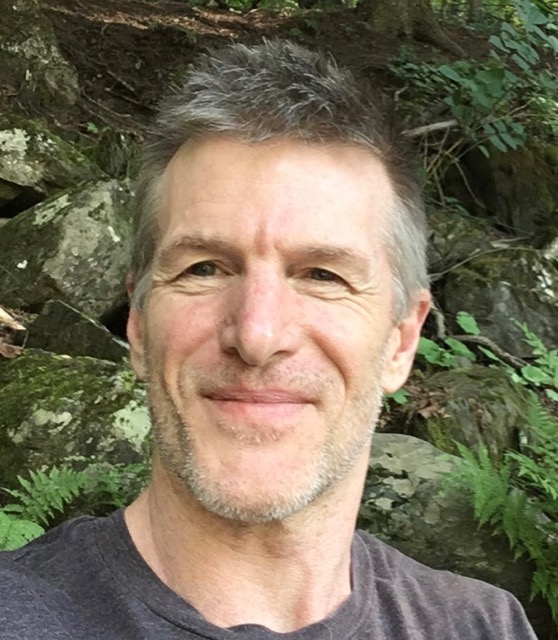Treatment for Lower Back Pain Using Neuromuscular Therapy
Part 1
A Highly Effective Treatment for Lower Back Pain
When looking at treatment for lower back pain using this method, it's helpful to note that the term “Neuromuscular Therapy” can be traced back to osteopaths,
chiropractors, and naturopaths practicing in the early part of the 20th
century. They developed new, innovative methods of treating
musculoskeletal pain and dysfunction that had not been explored before.
In modern practice there are several variations of Neuromuscular Therapy. This article will focus on the method developed by Paul St. John because it is the method I am trained in.
The St. John Method of Neuromuscular Therapy is an extremely effective technique for relieving chronic pain in the body, including treatment for lower back pain.
By looking at the body holistically, and utilizing neurological laws to understand how the central nervous system initiates pain responses, this method enables a therapist to grasp and treat the root of the problem.
Researching Treatment for Lower Back Pain
Paul St. John developed an intense interest in researching treatment for lower back pain and other treatments for musculoskeletal dysfunction because of serious injuries he sustained throughout his life that left him suffering from intense pain.
- He broke his back in three places in a high school football game
- He was shot out of a helicopter as a Green Beret medic in Vietnam
- He was in a head-on automobile collision
The combination of these three injuries combined to leave Paul in intense pain. After years of chiropractic, neurology, osteopathy, and even psychiatry, he had found no permanent relief.
This led him to medical libraries where he began to investigate the root causes of pain in the body. He studied pain mechanisms, researched the functioning of the nervous system, and the neurological laws that govern the body.
Through his research, St. John found that most pain conditions stem from the problems in the muscular system.
Armed with this information, he began to study his own body and the pain patterns which had developed from his injuries. During his research, he became familiar with a technique called receptor tonus technique, developed by Dr. Raymond Nimmo, D.C.
He found that by pressing on the tissues of his neck, back and shoulders in a very specific way, he was able to get temporary relief.
He then began perfecting the receptor tonus technique and for the first time in four years he was pain free. This became the basis for the St. John Method of Trigger Point Massage Therapy.
Paul St. John went on to integrate the teachings of many other pioneers in the field of musculoskeletal pain and dysfunction. The result has been the development of the St. John Method of Neuromuscular Therapy.
How Does This Treatment for Lower Back Pain Differ from Massage?
A Neuromuscular Therapist possesses evaluative and hands-on skill which are distinct from the skills of someone who practices general massage therapy.
During the initial visit, a Neuromuscular Therapist will evaluate for postural distortion and biomechanical dysfunction, as well as for the presence of myofascial trigger points.
In addition to identifying the secondary effects, a proper analysis of the body illuminates the primary causes of pain. The Neuromuscular Therapist then follows a specific protocol of rehabilitation:
- Locate and eliminate spasms, hypercontraction and trigger points from the soft tissues
- Restore postural alignment, proper biomechanics or movement patterns
- Restore flexibility and increase blood flow to the tissues
- Rebuild strength of the injured, weak, and/or atrophied tissues
- Build endurance of the tissues for lasting results
Following this protocol creates the optimal conditions for a speedy recovery. When this order is not followed, there can be negative results. For example, if strength training is pursued prior to releasing hypercontraction in the muscles, the potential for re-injury is greatly increased.
Return to Top of Treatment for Lower Back Pain
Return to Back Pain Treatment Main Page
Go to Lower Back Pain Answers Home Page

|
CURRENT COURSES POSTURAL BLUEPRINT FOR CORRECTING PELVIC TORSION: The Complete Guide To Restoring Pelvic Balance (2022) STRETCHING BLUEPRINT FOR PAIN RELIEF & BETTER FLEXIBILITY: The Complete Guide to Pain-Free Muscles Using Active Isolated Stretching (2020) HEALING THE HIDDEN ROOT OF PAIN: Self-Treatment for Iliopsoas Syndrome (2013) FREE MINI COURSE: Introduction to Active Isolated Stretching |

